From the Computer Graphics Lab at Stanford University, the results from an analysis of a decade of cable news:
The Stanford TV News Analyzer has applied deep-learning-based image and audio analysis processing techniques to nearly a decade of 24–7 broadcasts from Fox News, CNN, and MSNBC going back to January 1, 2010. That’s over 270,000 hours of video updated daily. Computer vision is used to detect faces, identify public figures, and estimate characteristics such as gender to examine news coverage patterns. To facilitate topic analysis the transcripts are time-aligned with video content, and compared across dates, times of day and programs.
You can search for topics or people, combine queries, and set time ranges. Then you get a time series for how much someone’s face showed up or the number of times a word was used.

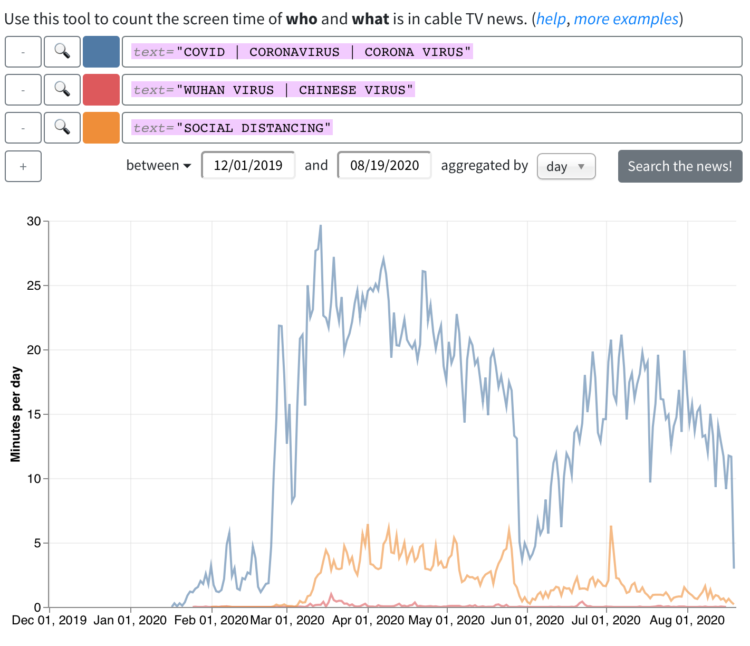

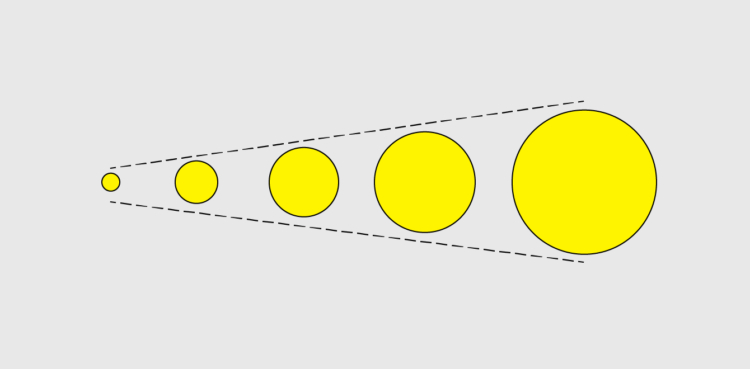
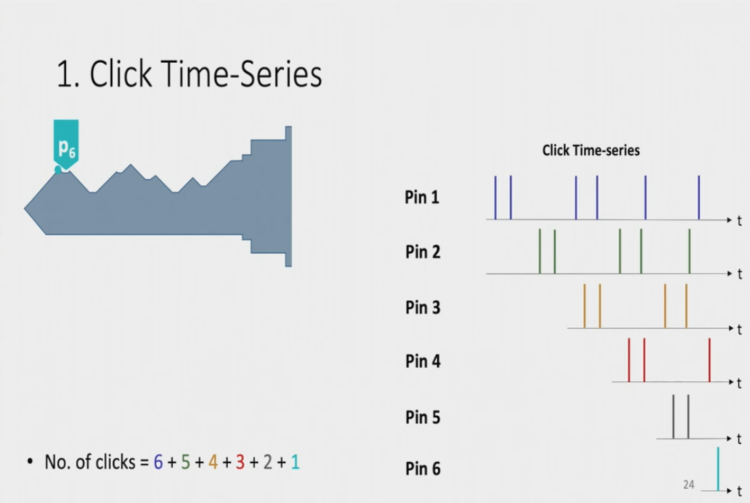
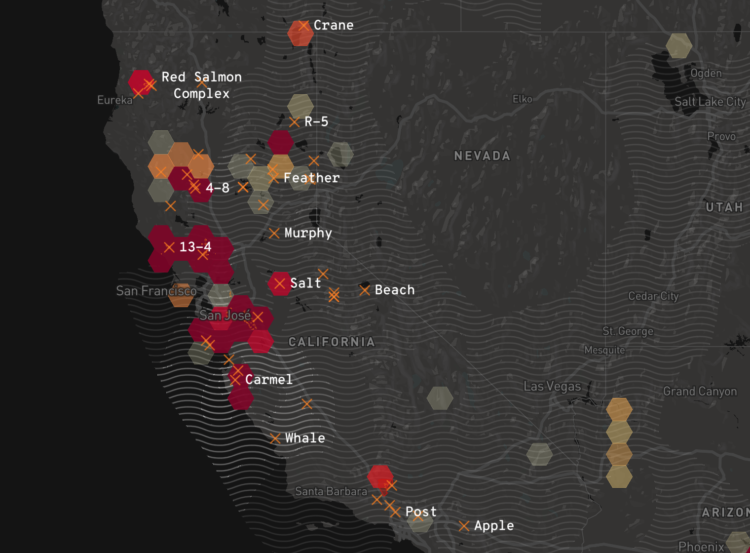
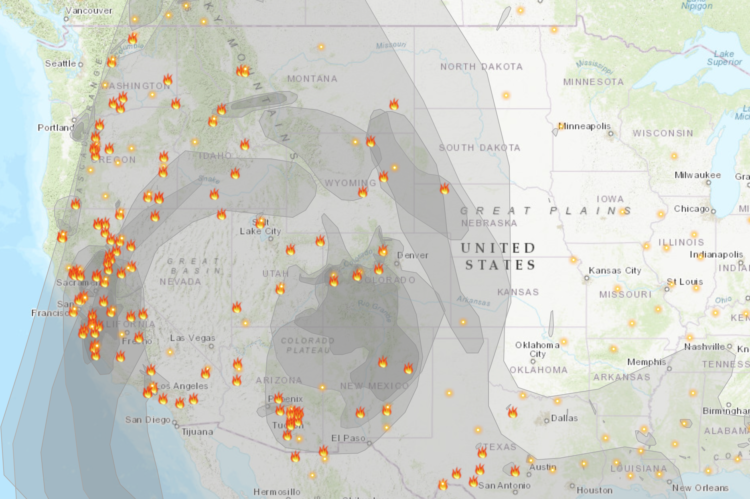
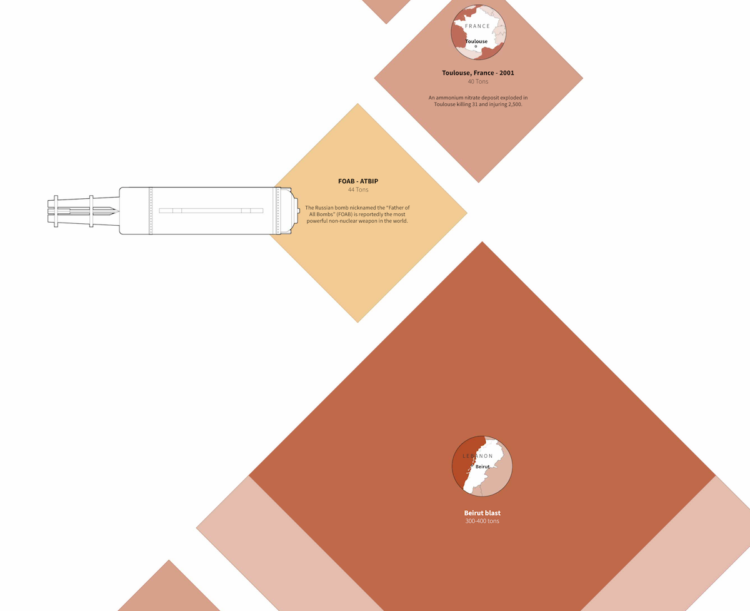
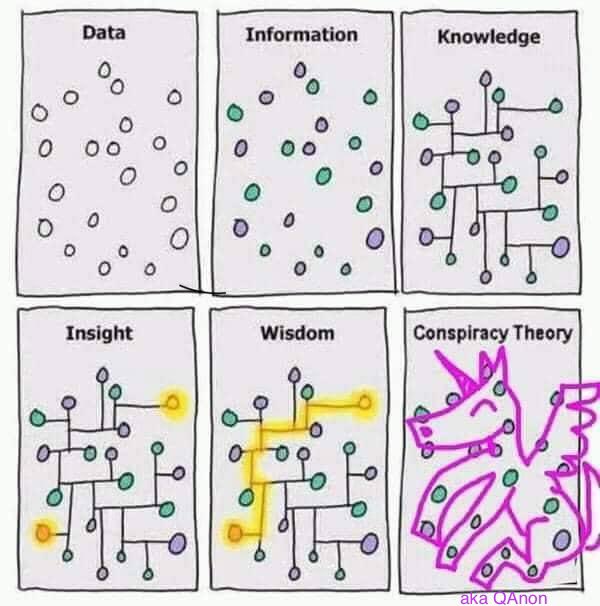
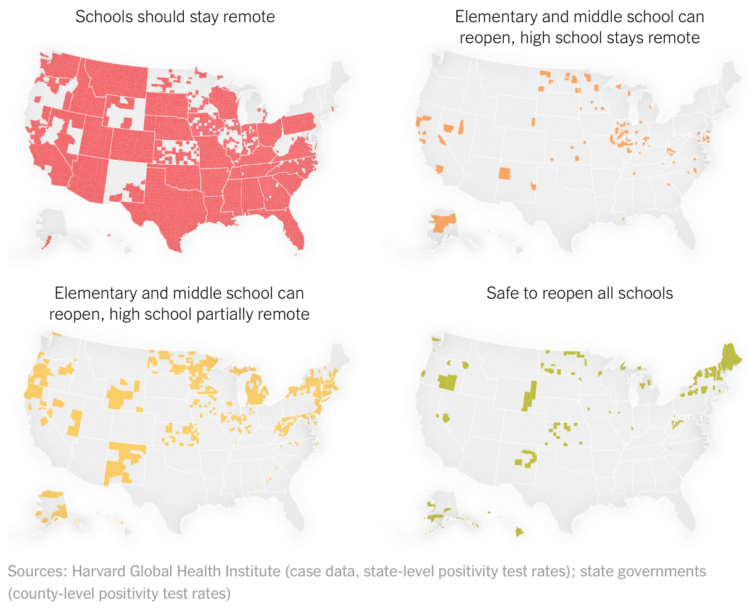
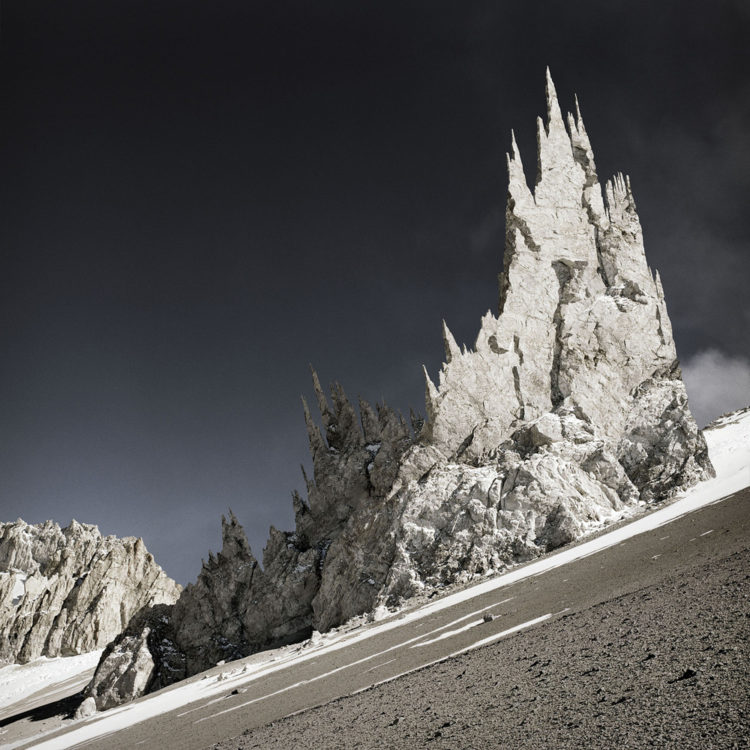
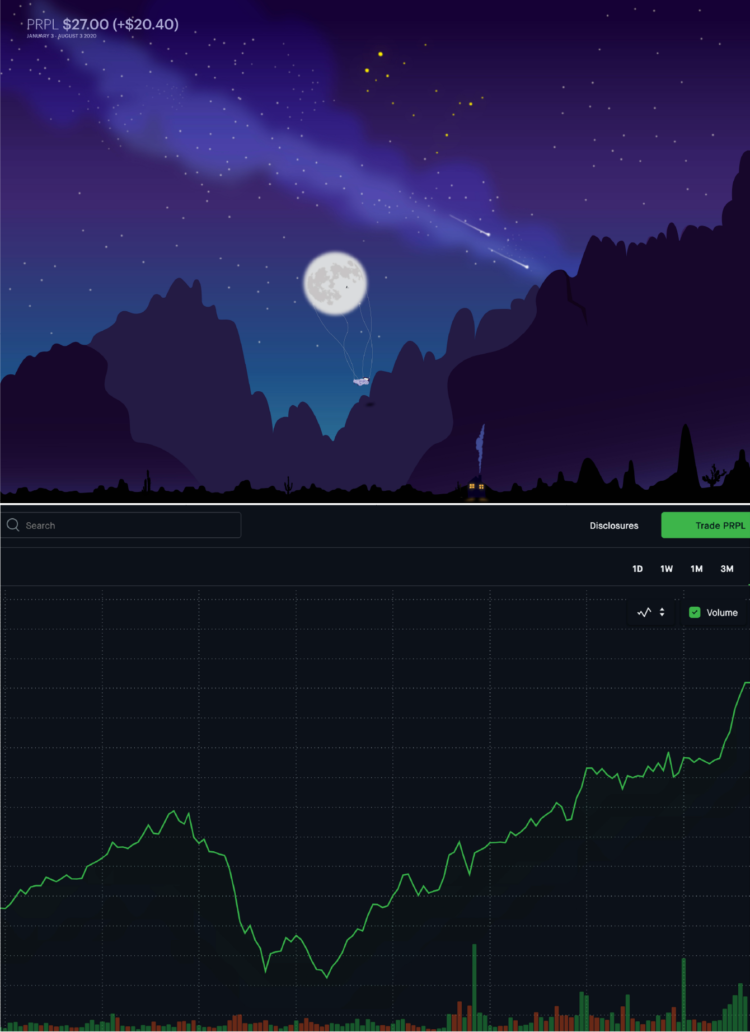

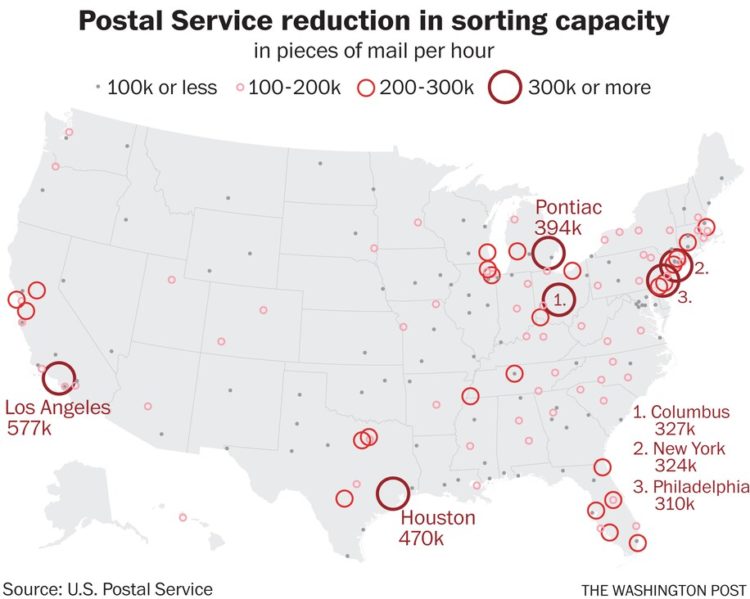
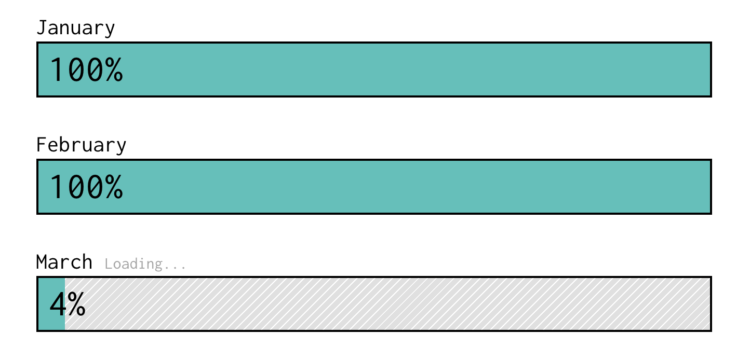
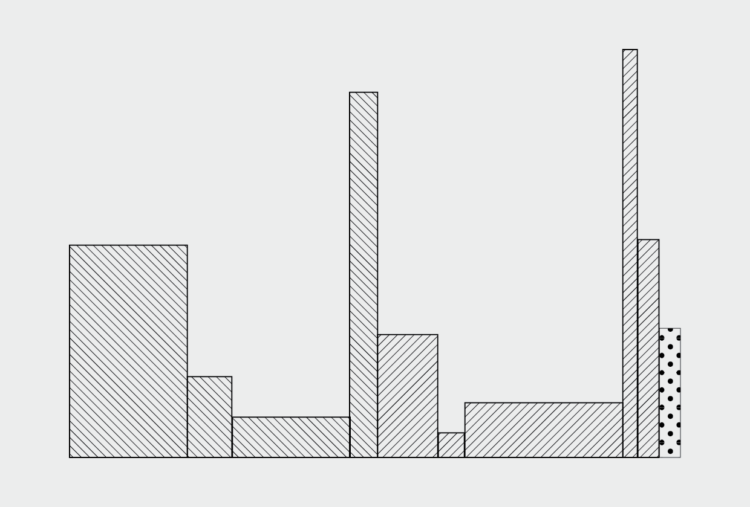
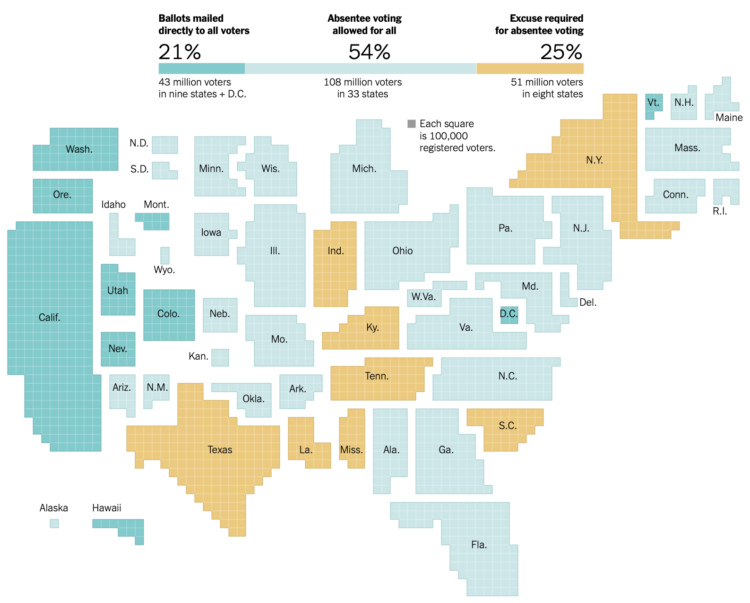


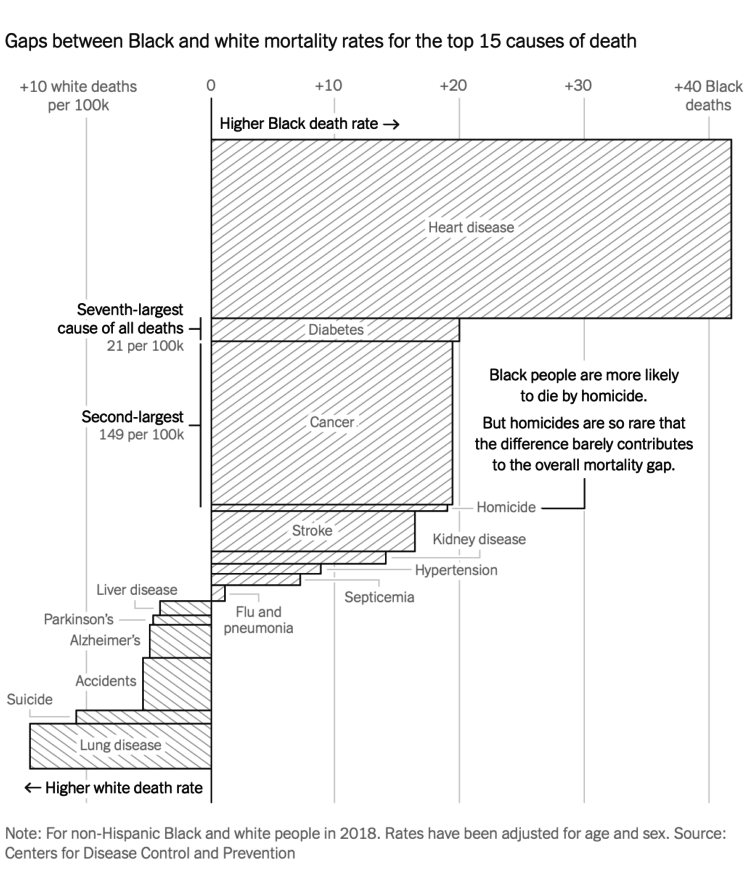









 Visualize This: The FlowingData Guide to Design, Visualization, and Statistics
Visualize This: The FlowingData Guide to Design, Visualization, and Statistics
